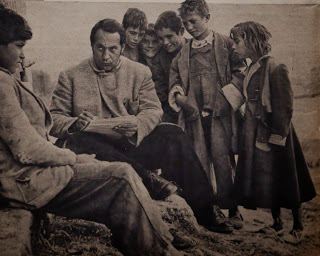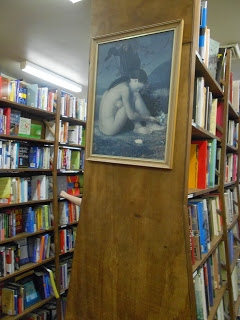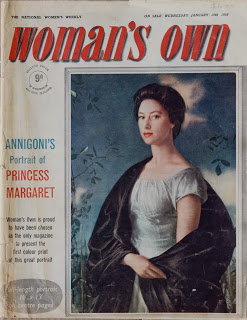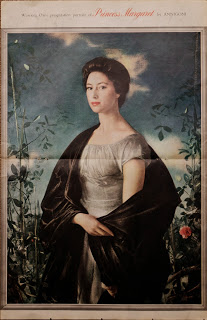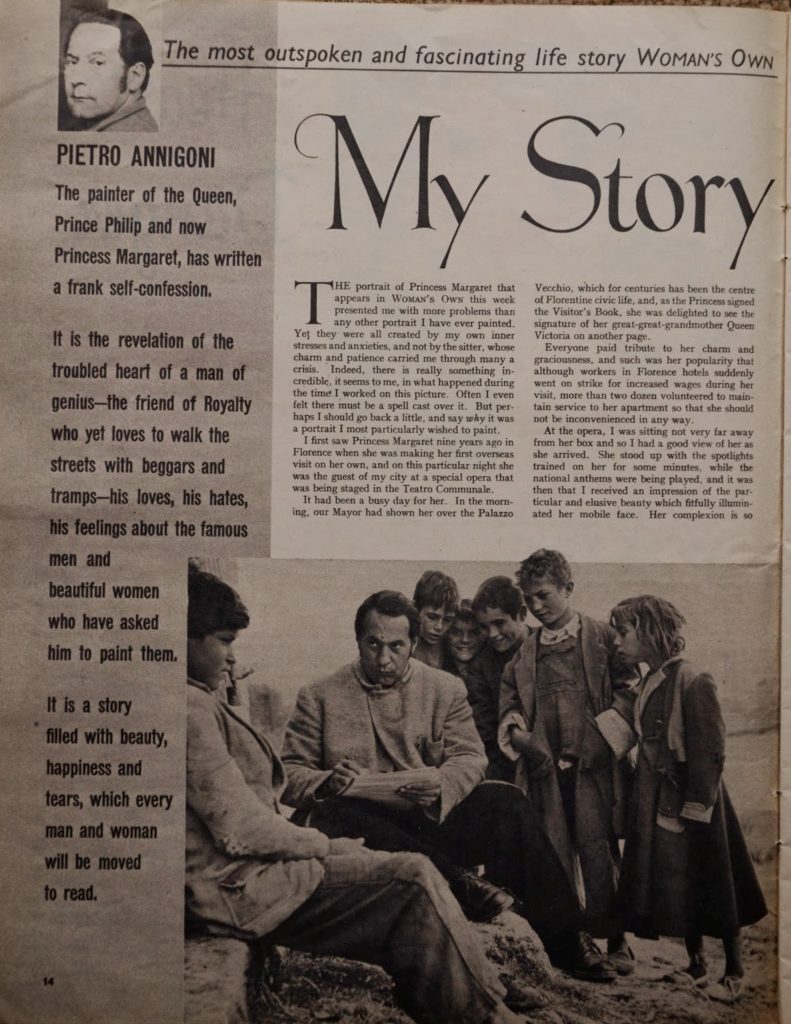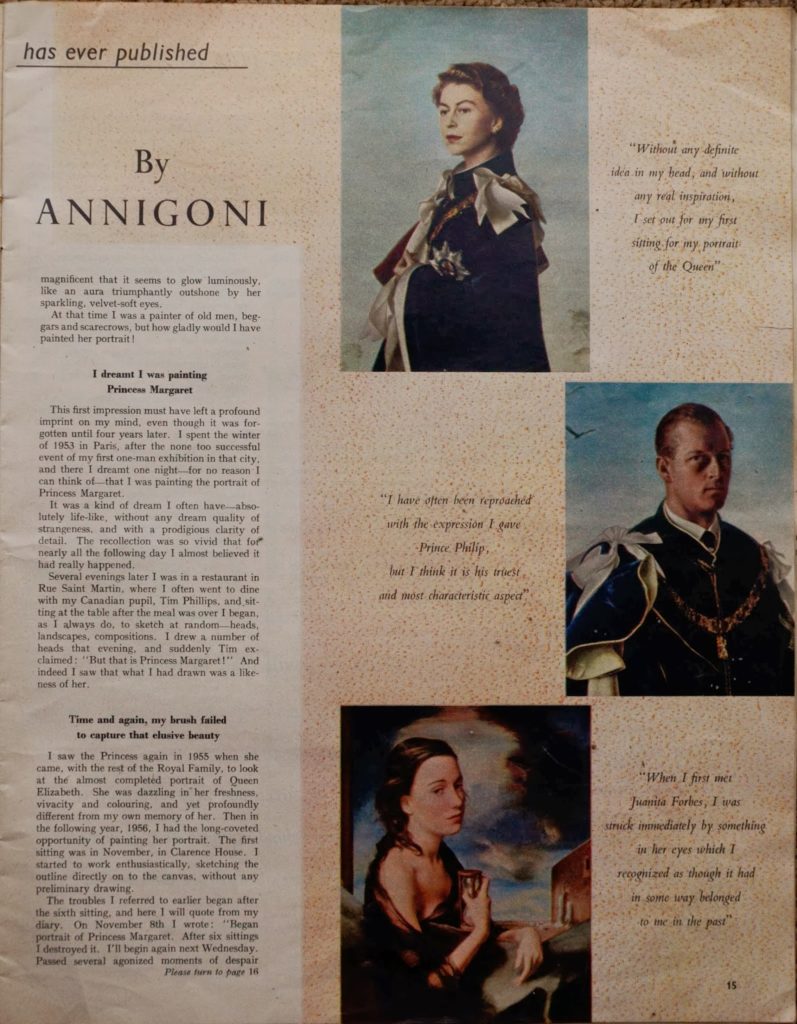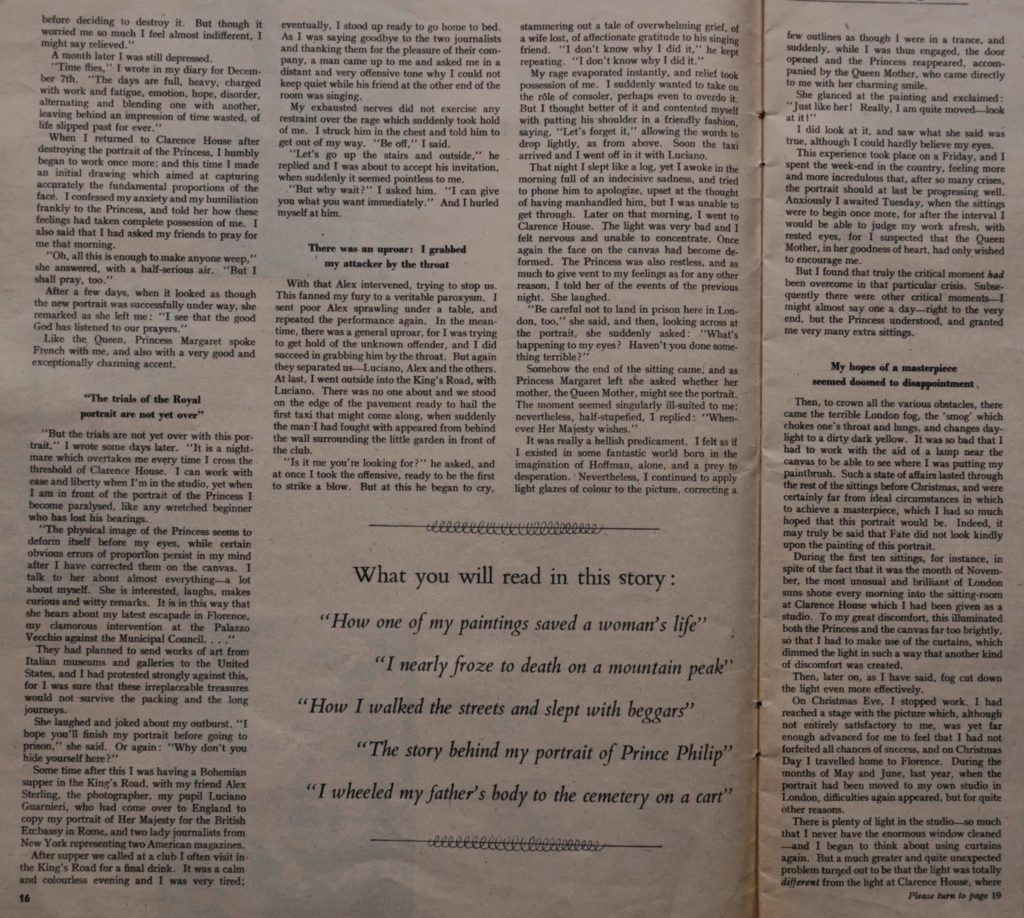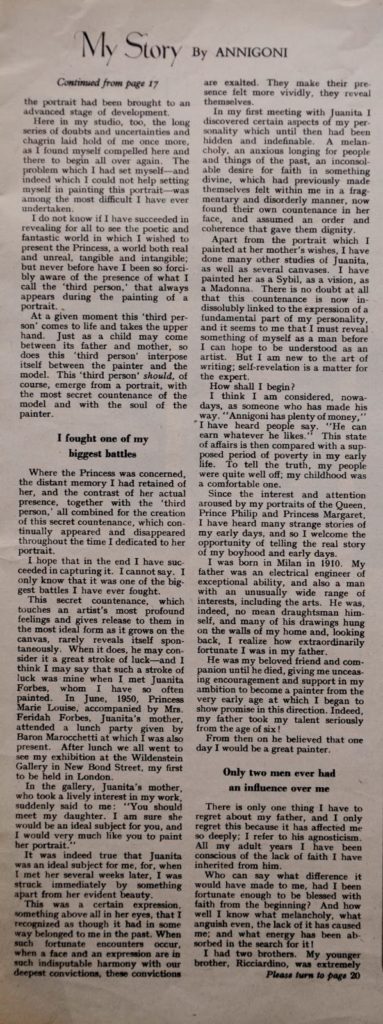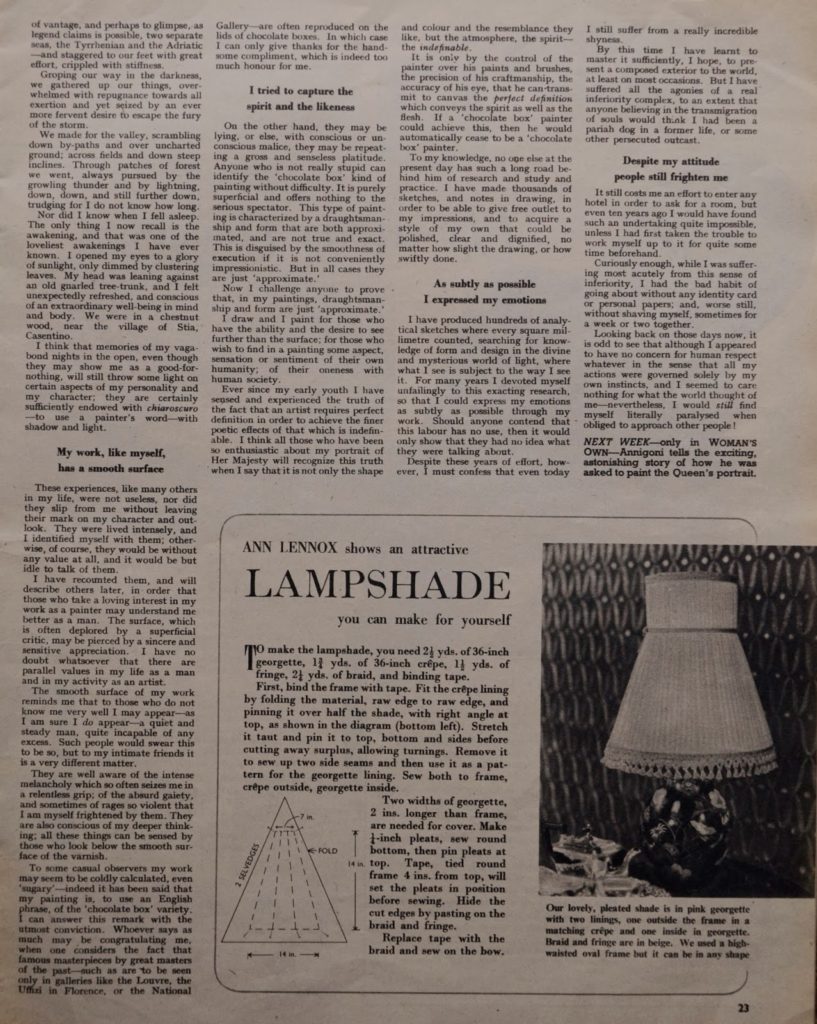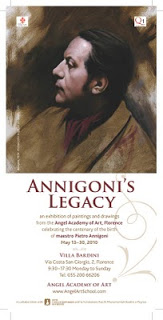“My Story” by Annigoni ( or how I found Annigoni Down Under)
“It is a story filled with beauty, happiness and tears, which every man and woman will be moved to read.”
While in Australia I had a couple of run-ins with Pietro Annigoni. Annigoni, for those who do not know, was the Italian oil and fresco painter who became famous after painting Queen Elizabeth II’s portrait in 1956. John Angel, my maestro in Florence was a student of Annigoni’s, so Annigoni is sort of my artistic grandfather.
While browsing the stacks at an used book store in Sydney I came across this:
It just seemed kind of random, this faded print in the cheap wood frame among three floors of novels, bios, text books and art books. I had never seen an Annigoni print outside of Italy. I wondered who put it up. It seemed to have been there a while.
Earlier in the month, during the final days of my Tasmanian workshop, one of my models had purchased an old suitcase at the local market in Launceston. Inside were an number of magazines and among them I noticed this image:
`
Inside was a centerfold of the portrait of Princess Margaret:
What I had overlooked however, was the story that went with the image. Titled “My Story”, Annigoni tells his life story. Here are the pages for you to read:
Unfortunately I have not yet found the next issue so we can not finish reading his story. Instead I leave you with this old clip on Annigoni and the portrait of Princess Margaret.

